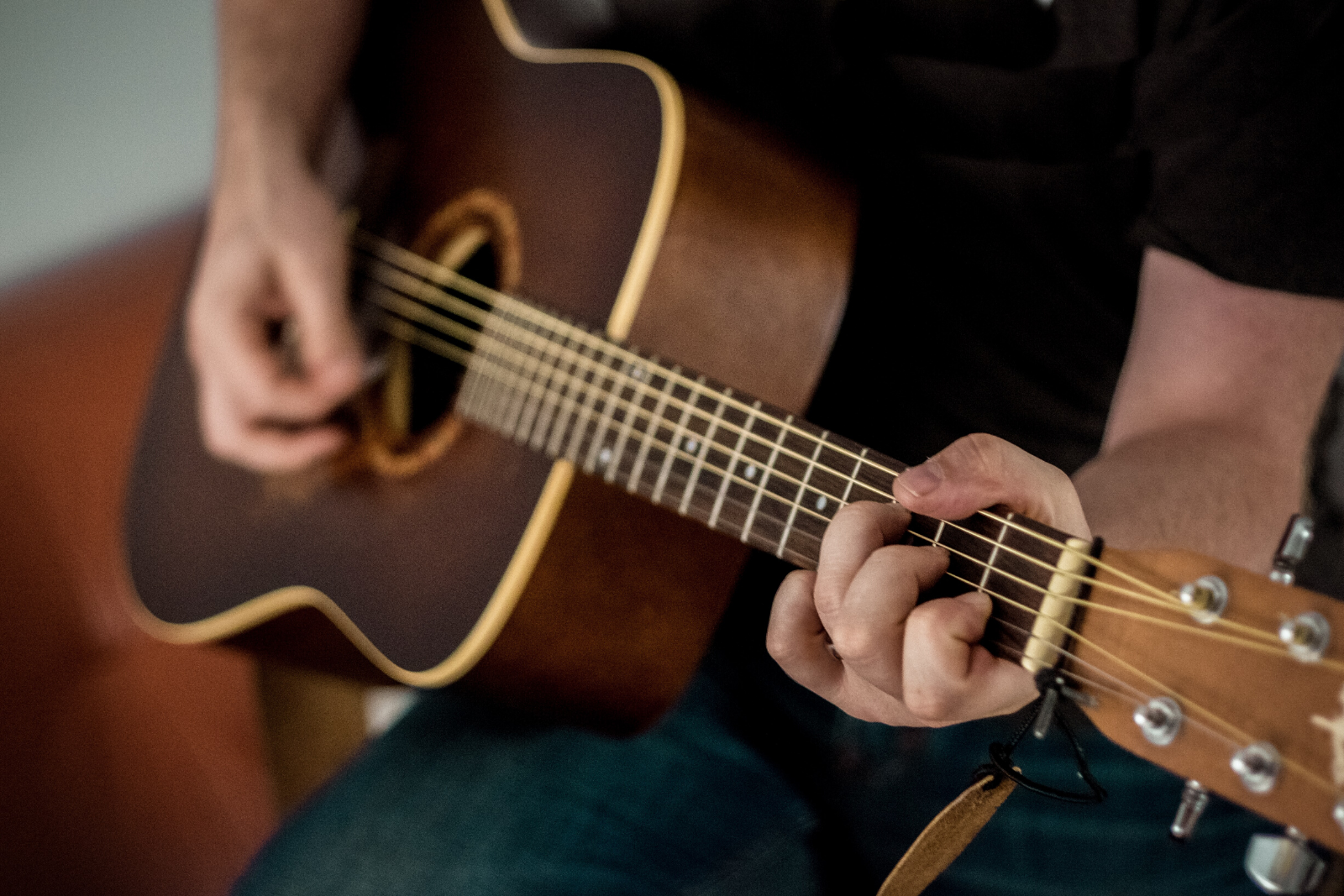
It’s not a secret that learning to play the bass guitar or any string instrument can be a rewarding experience. But for beginner learners, the learning process can seem daunting. Where do you even begin? This guide is designed to help beginners just like you get started on the right foot and learn to play the guitar step-by-step.
Step 1: Choose your guitar
Deciding which type or brand of guitar to choose is difficult because there are many options for both beginners and seasoned musicians. Some guitars will make your development as an artist faster. On the other hand, other types of the guitar could hold you back from achieving certain goals in learning how to play them well.
Among the key considerations when buying your first guitar include:
- Price – There’s no need to break the bank when buying your guitar. You can find a quality instrument at an affordable price range with all necessary accessories, such as a guitar tuner, a guitar strap and a bag.
- Type – Though the kind of guitar is a personal choice, an acoustic guitar makes for the best guitar for beginners. Classical guitars have wider necks which can be hard on smaller students or those with physical disabilities when learning how to use them correctly. Meanwhile, electric guitars are designed specifically as played through amps. So they come at an additional cost (and even require extra equipment). Acoustic guitars don’t need any specialised gear. In fact, their simplicity means these types of guitars will take up less room than other sorts do.
- Size – Guitar sizes can make a world of difference. For a beginner, finding the right instrument that fits your body and style is especially important. It will affect how well (or poorly) you play the guitar – as well as whether or not this becomes something to which people pay attention. The wrong size could lead to pain in the arms from holding it all day long.
Step 2: Learn to tune your guitar
Tuning is among the guitar basics that can be tricky. But there are four main types of tuners that will help you keep your instrument in tune.
- Vibration-based tuners
- Microphone-based tuners
- Pedal tuners
- Smartphone apps
The best tuner for any given situation depends on what music genre you want to play and how much money you want to spend!
Step 3: Identify your strings
Understanding how to identify the guitar strings will make learning guitar easier and less frustrating. The learning process isn’t too complex once you get it, so this skill will surely stick with you throughout your guitar journey.
Your guitar has six strings. The thickest string to the thinnest string is E A D G B E.
Step 4: Know your guitar chords
Learning to play chords is the most important thing to know about how you can learn guitar. Chord knowledge will give any song a new life and allow for creative exploration in all types of music.
You don’t need to worry about how you’re playing sounds when you’re starting. Just keep at it, and eventually, everything will sound great!
Step 5: Learn some strumming patterns
When making music, the most important component is rhythm. You can have a melody without harmony, but you cannot get any sound out there if it’s only based on rhythm.
Therefore, you must be able to strum chords rhythmically. Strums are important for beginners because they provide a way of organising individual notes into simple song structures. This can later lead to more complex melodies and harmonies when taught correctly by an experienced instructor or on your own with practice sessions at home.
Step 6: Find a great teacher
Trying to learn how to play guitar can be hard and frustrating. A lot of people turn to YouTube for tutorials, but these videos are better suited toward learning individual songs. For beginners, investing your hard-earned money into a guitar program or guitar teacher is the best option.
When looking for a guitar instructor, it can be hard to find the perfect match. You may need five or six instructors before finding one that perfectly matches your needs and skillset. The key is to have goals, as it will help them understand what kind of lessons and assistance you need. For instance, give specific artists and examples.
Step 7: Develop good guitar practice habits
There is a huge difference between a beginner who sticks with a guitar practice schedule and another who gives up after one lesson. Such distinction has nothing to do with talent but rather with how you practice.
Playing guitar notes and tabs is a passion for many people, but it takes commitment and consistency to succeed. Students who develop good practice habits will end up succeeding in their lessons as well as being able to play guitar chords and songs they want on instrumentals.
Here are some tips to developing excellent practise habits:
- Practising some finger exercises, chords, and riffs every day.
- Having regular, short practice sessions rather than long guitar lessons that don’t work.
- Creating a practice plan.
- Not giving up.
- Knowing your limits.
Learning how to play the acoustic or electric guitar may seem like a daunting task at first, but with the right resources, guitar tips, and regular practice, you can play songs in no time.
